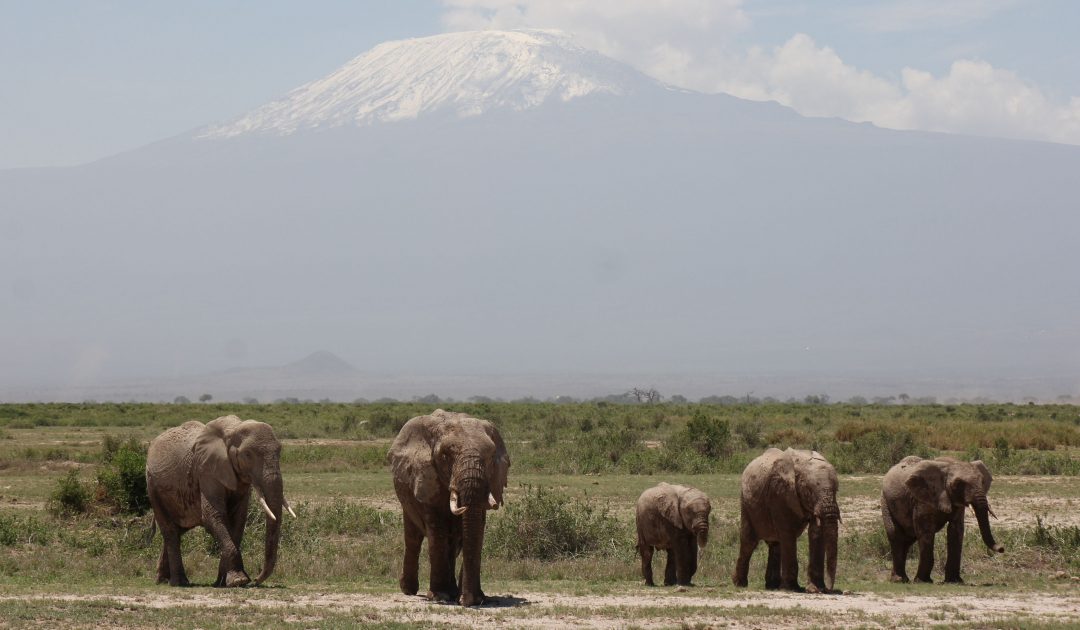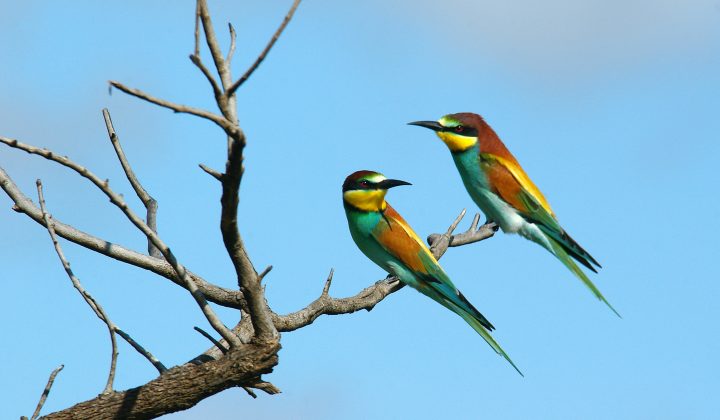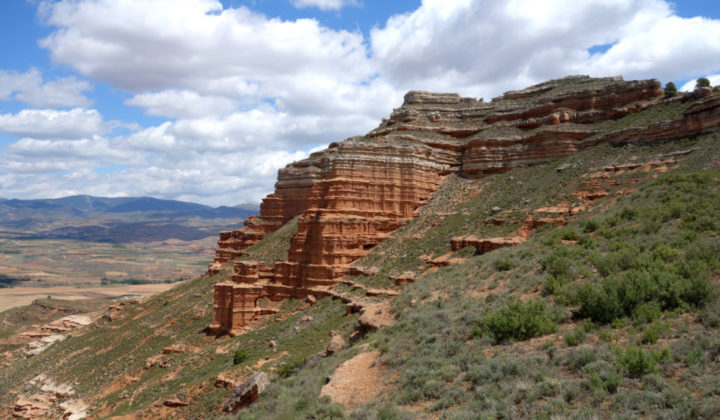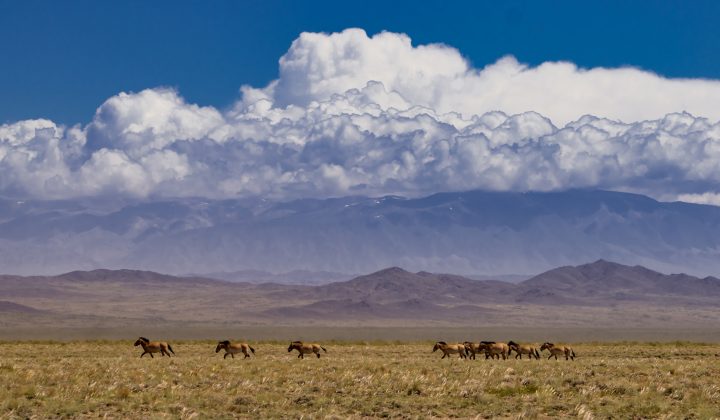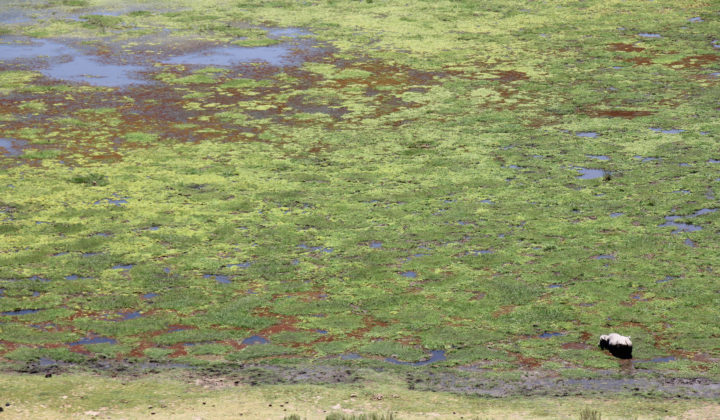List of publications sorted by first author and year; publications involve at least one current or former group member (indicated in bold), and can originate from before joining our team.
We review how geology and climate shape biodiversity in mountains, and demonstrate the effects of climate, topographic relief, heterogeneity of soil types, and erosion rates on the number of terrestrial vertebrate species occurring in mountain ranges across the world.
Antonelli, A., W. D. Kissling, S. G. A. Flantua, M. A. Bermúdez, A. Mulch, A. N. Muellner-Riehl, H. Kreft, H. P. Linder, C. Badgley, J. Fjeldså, S. A. Fritz, C. Rahbek, F. Herman, H. Hooghiemstra, C. Hoorn (2018) Geological and climatic influences on mountain biodiversity. Nature Geoscience
11: 718-725. doi: https://doi.org/10.1038/s41561-018-0236-z
We show that climatic niches of migratory and sedentary bird species differ substantially from each other across a global dataset of ca. 500 species, indicating that the difference between the climatic niche in the breeding season and the climatic niche in the non-breeding season is typically larger for a migratory species than it is for a closely related sedentary species.
Eyres, A., K. Böhning-Gaese, C. D. L. Orme, C. Rahbek, S. A. Fritz (2020) A tale of two seasons: the link between seasonal migration and climatic niches in passerine birds. Ecology and Evolution 10: 11983-11997. doi: https://doi.org/10.1002/ece3.6729
We find that paleoclimatic change did not drive the speed of change in climatic niches in a group of Old-World flycatchers (65 species of the bird family Muscicapidae) over the last 17 million years; however, cooler temperatures caused faster changes in temperature niche in the birds, but only when using one of two datasets of reconstructed paleoclimate.
Eyres, A., J. T. Eronen, O. Hagen, K. Böhning-Gaese, S. A. Fritz (2021) Climatic effects on niche evolution in a passerine bird clade depend on paleoclimate reconstruction method. Evolution 75: 1046-1060. doi: https://doi.org/10.1111/evo.14209
Our study reveals a significant relationship of mammalian fossil diversity with primary production of biomass from plants. This relationship existed through the Neogene (23 to 1.8
million years ago), but fundamentally changed until the present day because many large mammals went extinct during or since the ice ages, and because humans remove a large proportion of primary production from natural systems today.
Fritz, S. A., J. T. Eronen, J. Schnitzler, C. Hof, C. M. Janis, A. Mulch, K. Böhning-Gaese, C. H. Graham (2016) Twenty-million-year relationship between mammalian diversity and primary productivity.
Proceedings of the National Academy of Sciences of the United States of America 113: 10908-10913. doi: https://doi.org/10.1073/pnas.1602145113
We reveal that combined effects of future climate and land-use change on the global species richness of vertebrates could be most severe when global warming is limited to 1.5 or 2 °C (Paris agreement), due to the massive expansion of bioenergy cropland for climate change mitigation.
Hof, C., A. Voskamp, M. F. Biber, K. Böhning-Gaese, E. K. Engelhardt, A. Niamir, S. G. Willis, T. Hickler (2018) Bioenergy cropland expansion may offset positive effects of climate change mitigation for global vertebrate diversity. Proceedings of the National Academy of Sciences of the United States of America 115: 13294-13299. doi: https://doi.org/10.1073/pnas.1807745115
We identify 11 terrestrial zoogeographic realms across the globe, which contrasts to the classic six realms defined by A. R. Wallace in the 19th century and used extensively since then. This contrast arises because our analyses combine data on not only species’ geographic distributions but also on their phylogenetic relationships (>21,000 species of non-marine amphibians, birds, and mammals).
Holt, B. G., J.-P. Lessard, M. K. Borregaard, S. A. Fritz, M. B. Araújo, D. Dimitrov, P.-H. Fabre, C. H. Graham, G. R. Graves, K. A. Jønsson, D. Nogués-Bravo, Z. Wang, R. J. Whittaker, J. Fjeldså, C. Rahbek (2013) An update of Wallace’s zoogeographic regions of the world. Science 339: 74-78. doi: https://doi.org/10.1126/science.1228282
We show that different ecological niche dimensions shape range size at individual vs. species level in terrestrial, non-flying mammals: while individual home range size is mainly shaped by diet niche breadth and body mass, species geographical range size is primarily related to habitat niche breadth.
Huang, S., M. A. Tucker, A. G. Hertel, A. Eyres, J. Albrecht (2021) Scale-dependent effects of niche specialisation: The disconnect between individual and species ranges. Ecology Letters 24: 1408-1419. doi: https://doi.org/10.1111/ele.13759
We provide a conceptual framework for future interdisciplinary studies to test the effects of mountain building and climate change on biodiversity over long evolutionary timescales, and present a case study where we find that onset of surface uplift of the Central Anatolian Plateau ca. 11 million years ago coincided with a period of increased mammalian species turnover in the region.
Huang, S., M. J. M. Meijers, A. Eyres, A. Mulch, S. A. Fritz (2019) Unravelling the history of biodiversity in mountain ranges through integrating geology and biogeography. Journal of Biogeography 46: 1777-1791. doi: https://doi.org/10.1111/jbi.13622
We show that morphological traits can evolve differently in migratory vs. sedentary bird species, supporting different evolutionary selection regimes even in quite closely related species; e.g., migratory species across multiple lineages in five of eight tested groups consistently evolved more pointed wings than sedentary species, presumably because pointed wings cause a low energy consumption during long-distance flight.
Phillips, A. G., T. Töpfer, K. Böhning-Gaese, S. A. Fritz (2018) Evidence for distinct evolutionary optima in the morphology of migratory and resident birds. Journal of Avian Biology 49: e01807. doi: https://doi.org/10.1111/jav.01807
Our conceptual framework for predicting the consequences of climate change on ecological interactions among species in communities argues that we need to combine climatic niche quantifications and projections with knowledge of ecological and morphological traits that govern species’ interactions as well as dispersal ability.
Schleuning, M., E. L. Neuschulz, J. Albrecht, I. M.A. Bender, D. E. Bowler, D. M. Dehling, S. A. Fritz, C. Hof, T. Mueller, L. Nowak, M. C. Sorensen, K. Böhning-Gaese, W. D. Kissling (2020) Trait-based assessments of climate-change impacts on interacting species. Trends in Ecology and Evolution 35: 319-328. doi: https://doi.org/10.1016/j.tree.2019.12.010
